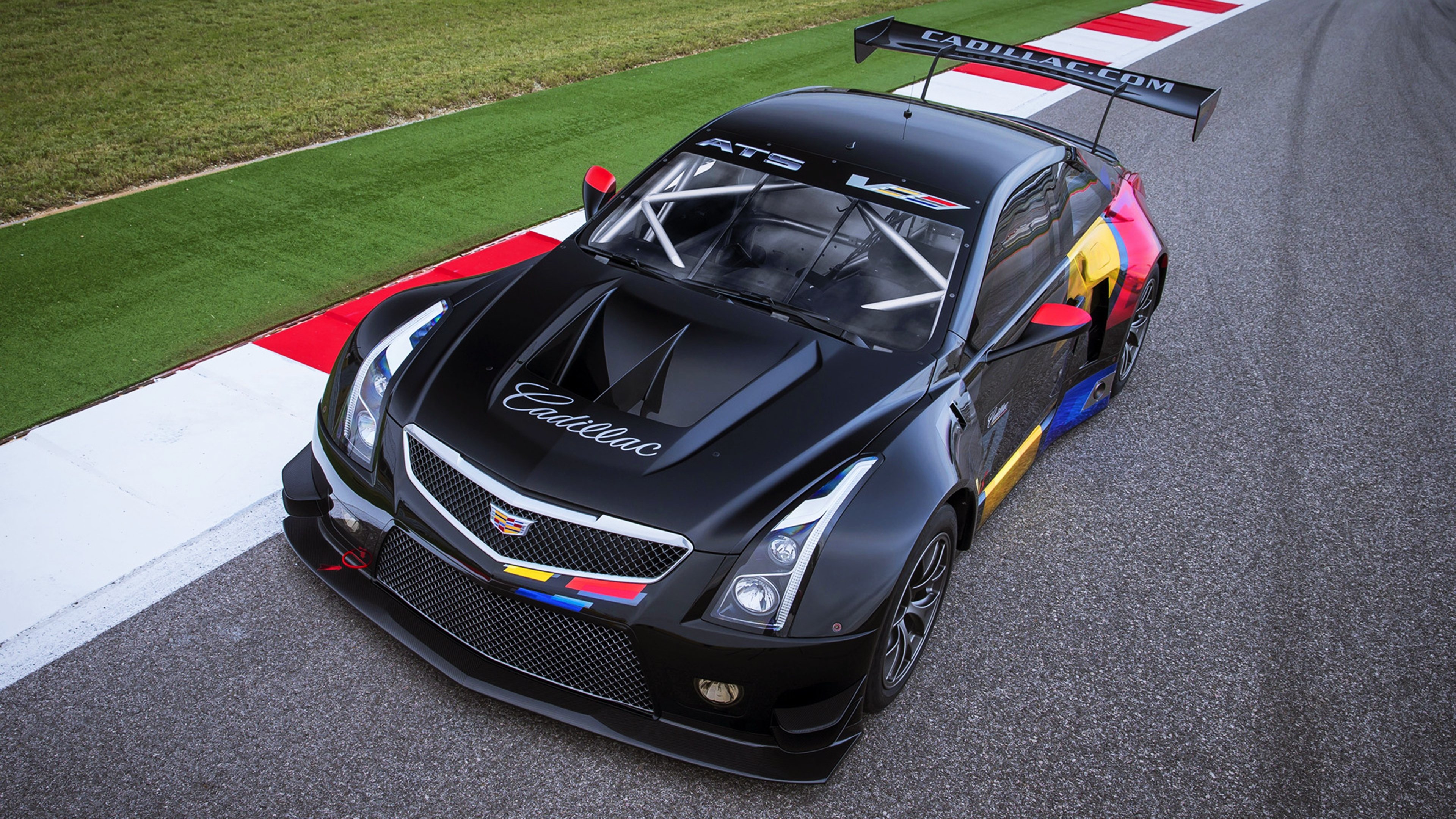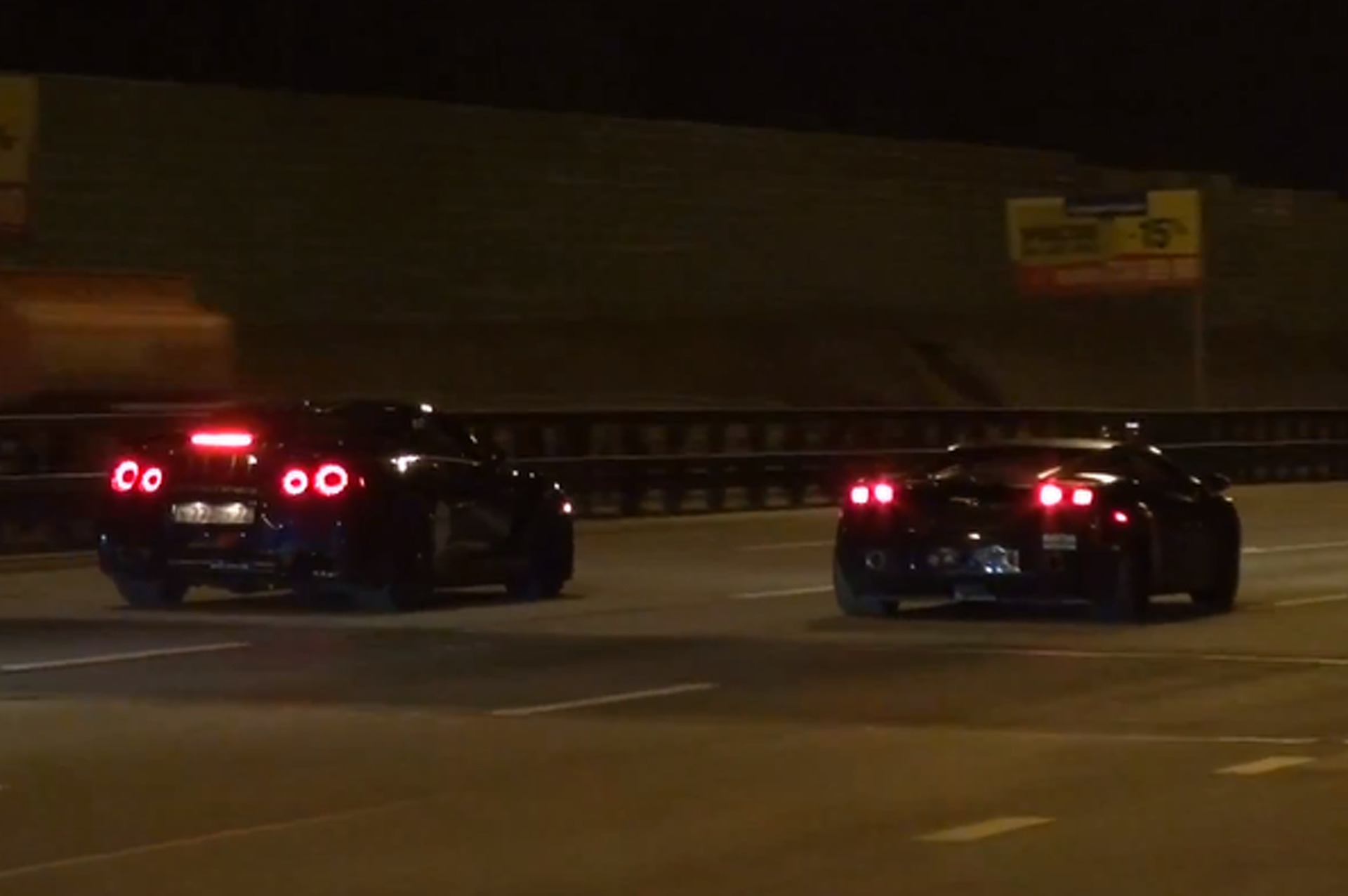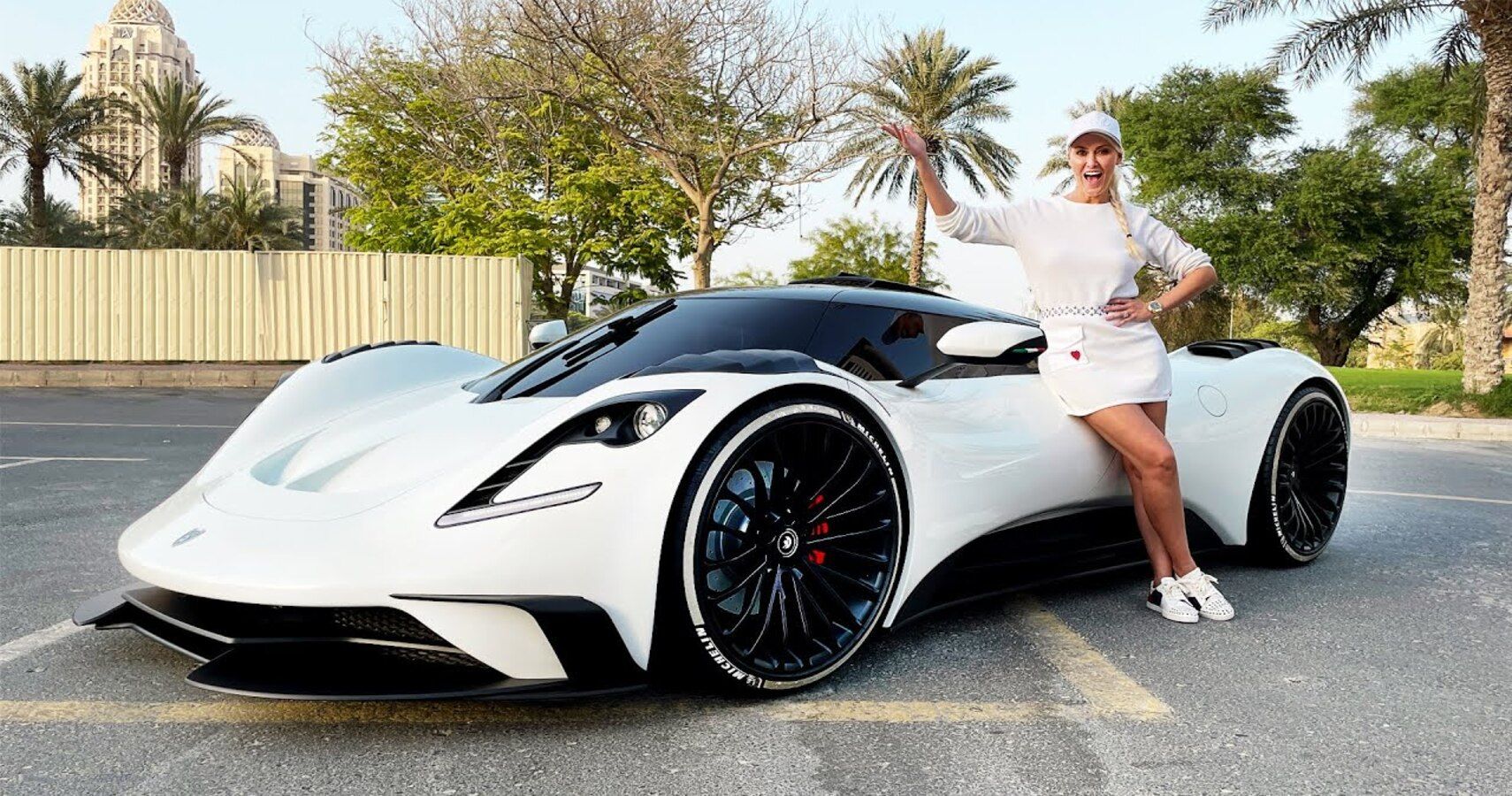

- #Supercars racing on highway movie
- #Supercars racing on highway drivers
- #Supercars racing on highway professional
“We put this car on a workout program, says Corey Lewis, the professional racer who drove the Huracán to one of its Daytona class victories with Paul Miller Racing, along with U.S. The Huracán STO’s heart is a 640-horsepower V10 that can rocket the car to 60 mph in three seconds flat. This is one reason for enthusiasts’ obsession with lap times at Germany’s fabled Nürburgring circuit, which allows them to make apples-to-apples comparisons of everything from the latest supercars to affordable performers like Honda’s brilliant Civic Type R hatchback, or the giant-slaying Chevrolet Camaro ZL-1.Īt the market’s higher reaches, the result is improbable cars like the Lamborghini, itself the successor to the Huracán Performante. For those who prioritize pure handling, braking and durability in extreme conditions-not just the straight-line blitz of a Tesla-cars with legit track capability often top their shopping list. There have always been enthusiasts who take their street cars to the track, either just for fun or to compete in SCCA autocrosses and other forms of racing, but how a car performs on a track matters even to some enthusiasts who’ll never track their car. At the same time, improvements in engine outputs, chassis structures and electronic driving aids have created a class of street cars with the kind of performance that would have won races in the days of Ayrton Senna and Damon Hill. Lamborghini Rise of the Track StarsĮven as sports car (and sedan) sales have suffered over the past decade, thanks in part to a mass exodus to SUVs, some loyalists still crave old-school performance car sensation and stimulation. The Lamborghini Huracán STO takes a breather near the Bear Mountain Bridge, about 40 miles north of Manhattan. This Lambo may be extreme, but the house of Sant’Agata Bolognese isn’t alone in offering a near race-car experience that you can buy and use on the road.
#Supercars racing on highway drivers
While certain drivers give the Huracán the evil eye (or worse) when it roars by, others go absolutely bonkers, chasing it through traffic to capture photos that you’ll reliably find on Instagram within hours.


On the street, the ten-cylinder Lamborghini looks illegal even when it’s standing still. The “STO” stands for “Super Trofeo Omologato.” Omologata is Italian for “homologation,” or the historical practice of cars being required to produce small numbers of streetgoing models in order to qualify for production-based racing. Race-bred Huracáns also compete in the single-make Super Trofeo series. Instead, I’m burbling through Manhattan traffic in the Italian supercar, whose artillery-fire exhaust sound actually makes one pedestrian jump as the menacing beast approaches from behind.Įven by Lamborghini’s over-the-top standards, the Huracán STO is different: The roughly $328,000, 640-horsepower STO is a no-fooling, street-legal race car, not far removed from versions that won the GT3 class of the 24 Hours of Daytona for three consecutive years.
#Supercars racing on highway movie
With its surfboard-sized rear wing and screaming paint, it looks like a car that got lost en route to the Daytona speedway or a Marvel movie set. The Lamborghini Huracán STO doesn’t belong here. Unlike that car, you can drive this one on the street. In these colors, the Lamborghini Huracán STO could easily pass for a Gulf-liveried racer fresh off of the 12 hours of Sebring which, as it happens, the Huracán GT3 EVO has actually won twice.


 0 kommentar(er)
0 kommentar(er)
